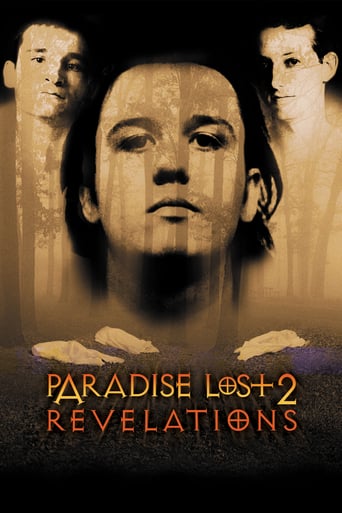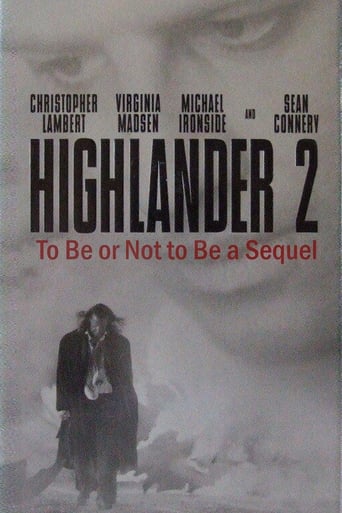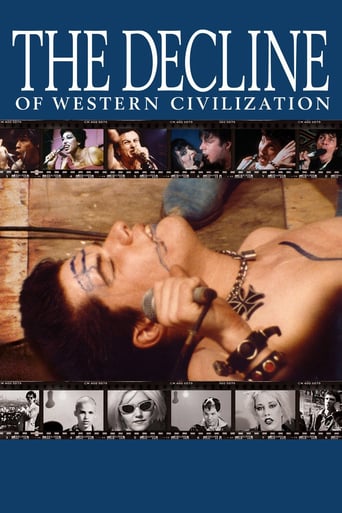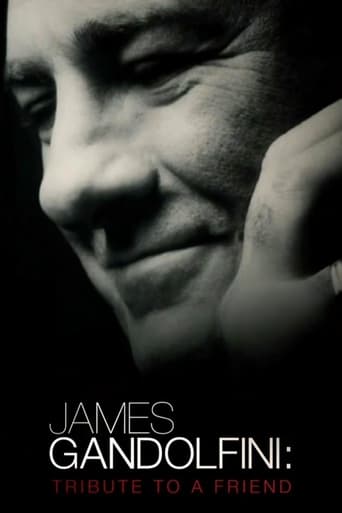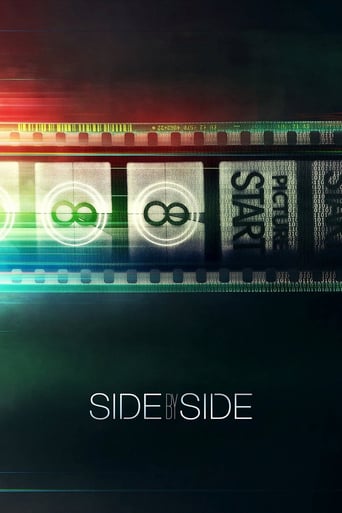

Side by Side (2012)
Since the invention of cinema, the standard format for recording moving images has been film. Over the past two decades, a new form of digital filmmaking has emerged, creating a groundbreaking evolution in the medium. Keanu Reeves explores the development of cinema and the impact of digital filmmaking via in-depth interviews with Hollywood masters, such as James Cameron, David Fincher, David Lynch, Christopher Nolan, Martin Scorsese, George Lucas, Steven Soderbergh, and many more.
Watch Trailer
Cast


Similar titles
Reviews
Hollywood insiders are aware of a battle that has been brewing for quite sometime now: the technology to capture the image has two camps- film and digital and each are perhaps overwhelming the other. Film is photomchemical and the method by which cinema has been created and projected for all these years (since the late 1890). Digital cameras are new on the block and because they can do everything a film camera can but with less production costs, they are vying to be the medium every director chooses. Keanu Reeves questions industry insiders from top directors and cinematographers and gets a honest non biased overview. This is a good watch for anyone interested in the technical and "behind the camera" scenes of making of film and television. The documentary is precise and educative.
Side by Side is a fantastic documentary on the format of shooting feature films. To the unaware today most movies are shot on digital cameras as opposed to the photochemically styled film cameras of the past days. Both have their plus and minuses and in this documentary, Keanu Reeves goes about explaining the differences of the format and the opinion of most famous filmmakers on the subject. Featuring everyone from James Cameron to Martin Scorsese Side by Side is a great look at the technical aspect of cinema.
Due to the fascinating commentary made by filmmakers, Keanu Reeves and Christopher Kenneally, Side by Side is a must-see documentary by anyone interested in producing or appreciating film. The topic is an all to relevant debate amongst the film community about the superior form of filmmaking between film and digital recording. Reeves and Kenneally provide an easily digestible and engaging film that documents the perspectives of many respected, contemporary, and practicing filmmakers. While some subjects are clearly still in preference of film as the greatest medium, like Christopher Nolan, and some heavily favor digital filmmaking as their tool, like Robert Rodriguez, there are other subjects who are the balance in between both styles, like Martin Scorsese. This diversity provides a multifaceted argument, and is informative of many points of view. One of Side by Side's strengths as a film is its ability to function as a multimodal form of documentary. The filmmakers present both sides of the film versus digital debate in an expository custom, yet is argumentative without showing allegiance to either side. Rather, the film allows the subjects to present their own subjective feelings, ideas, and experiences on what they consider to be the superior practice. The delivery of this film allows for the viewer to be compelled to form a perspective by the end of film, based on the presentation of multiple opinions.One could argue that there is an impossibility on part of the filmmakers to not impress their own outlooks into the exposition that they provide, as editing is often crucial and inevitable in the formation of creating specific thoughts and feelings. However, Side by Side maneuvers through its content and subjects without an impartial endowment of inclined ideas. The editing in Side by Side remains loyal to platforming an equal voice for each side. The power of editing techniques utilized by Reeves and Kenneally montages the varying perspectives in uniformed exhibition. The way the filmmakers present an idea is by one subject supplementing the topic presented by the previous subject, in a seemingly thematic match cut. Conversely, a segment is followed by a subject of a differing point of view. This dichotomy is presented by sandwiching views to an expository chronicle. For the linear narrative of the film, the filmmakers present a chronology of the debate through a history of film and digital filmmaking techniques. Whenever an innovation is discussed, it is followed by a barrage of subjects and there takes upon the matter and its impact. Reeves and Kenneally examine the effect of how digital filmmaking allowed for an instantaneous capability to view what is recorded. Many subjects, including directors, cinematographers, and actors, deliberate on how this change impacted their craft. Side by Side's equal and fashioned distribution of information and argumentation is presented by the subjects perfectly. The viewer can see such as great filmmakers like Bradford Young, Dick Pope, and Sandi Sissel as pro film supporters intertwined amongst like David Fincher, Martin Scorsese, and Robert Rodriguez as advocates of digital technology. The editing of the film creates a dialogue of understanding, by layering the arguments one after the other. From the subjects' discussion, the role of dailies is brought into the film versus digital debate and how effectual it is upon the cinematic process. The discussion begins introduced by Dick Pope, and his belief of how the development between the film date to the next day screening is a creative process that is entrusted upon the cinematographer. The next interview is of Martin Scorsese intermediating the virtues and drawbacks of dailies. Then the discussion is followed by Robert Rodriguez assertively affirming how instantaneous viewership of what is recorded allows for technical and artistic changes then and there. This quality of content with effective editing is one of the reasons the film so highly recommendable. The content provided by the interviews is not the only means in which Reeves and Kenneally present the film. One of the more tangible and easily comprehensible manners in which the filmmakers breakdown the history of film and digital, is the use of relevant examples. When examining major industrial changes such as the advancement of visual effects, the film includes sequences of many different films throughout the years as they have evolved.From this sequencing of popular films, Side by Side creates an understanding for its audience. Most of these films are ones that people remember watching as they were growing up. By not choosing esoteric films and referring to filmmaking in indiscernible jargon, the filmmakers are clear and make the history entertaining. This effect by the filmmakers is how they are able to connect their meanings to the audience through popular films.For viewers, more oblivious to the technical aspects of filmmaking, Reeves provides commentary to breakdown complexities. When discussing resolution, the filmmakers include graphics as points of comparison. In an overlapping chart of standard definition, high definition, and 2K pixels, the resolution problem is visually explicable. With more than just mere words, the filmmakers present information so that it is to be grasped and even remembered. These indelible thoughts offered by Side by Side shows the film to have a grander impetus than just an expository report concerning the film and digital debate. Unspoken calls to action favor both the film and digital mediums. A preservation of film production methodology is pleaded by subjects, and a never ceasing rise of innovation is made on behalf of those furthering the bounds of digital processes. More so, cinema is meant to be appreciated. Film is special and should not be lost upon due to its history and unique look. Yet, digital promises potentials to further the abilities of what can be shown on the silver screen. As stated from the beginning, Side by Side never definitively takes a stance on the preference of film and digital, but rather emphasizes the visual poetry that is significant of both.
Don't let Keanu Reeves' involvement put you off, as it almost did me. "Side by Side" is a terrific documentary that examines the differences between the use of traditional film and the development of digital photography. It's mostly made up of talking heads, primarily directors and DPs, but their passion and enthusiasm for the medium is infectious. There aren't too many examples of the uses of either and often the film seems more like an excuse for why digital is preferable to film; it's almost a valedictory to film and that depresses me. Younger and younger audiences are growing up knowing only digital and are losing out on the beautiful, pain-staking imagery of over a 100 years of film.I admit film fades and great movies have been lost but give me the black and white glories of Gregg Toland over a lot of what we are seeing today anytime. Is there room for both? Of course; art is all-embracing. I know I'm old-fashioned in my love of old movies and that, in time, the digital revolution will probably, (hopefully), produce masterpieces as great as "Citizen Kane" and "Psycho". I love high definition and the clarity of well shot digital films but for me it will never match the thrill I got seeing for the first time D W Griffith's "Intolerance" (1916) on a large cinema screen.








